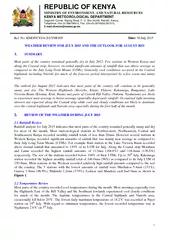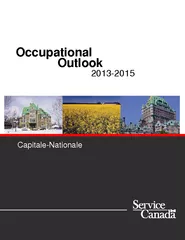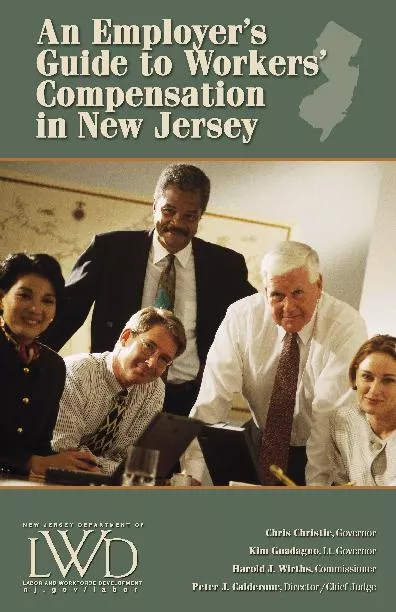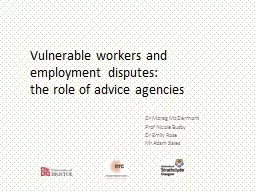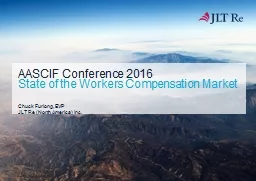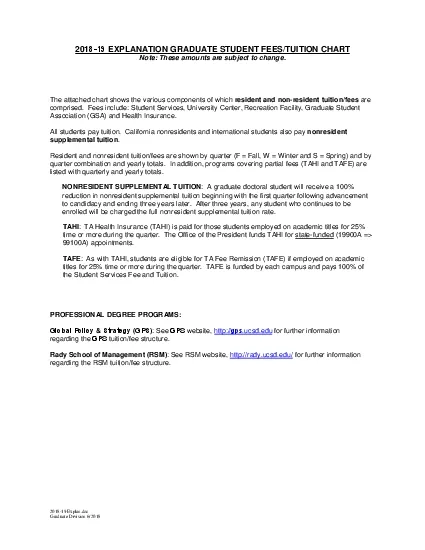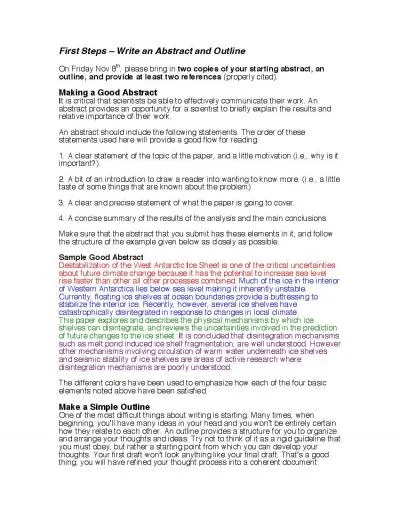PPT-REFERENCES: [1] Bleck , R. and co-workers, 201
Author : stefany-barnette | Published Date : 2018-11-04
5 A Vertically FlowFollowing Icosahedral Grid Model for MediumRange and Seasonal Prediction Part I Model Description Mon Wea Rev 143 23862403 2 Pelly J L and
Presentation Embed Code
Download Presentation
Download Presentation The PPT/PDF document "REFERENCES: [1] Bleck , R. and co-worke..." is the property of its rightful owner. Permission is granted to download and print the materials on this website for personal, non-commercial use only, and to display it on your personal computer provided you do not modify the materials and that you retain all copyright notices contained in the materials. By downloading content from our website, you accept the terms of this agreement.
REFERENCES: [1] Bleck , R. and co-workers, 201: Transcript
Download Rules Of Document
"REFERENCES: [1] Bleck , R. and co-workers, 201"The content belongs to its owner. You may download and print it for personal use, without modification, and keep all copyright notices. By downloading, you agree to these terms.
Related Documents

![PPT-REFERENCES: [1] Bleck , R. and co-workers, 201](https://thumbs.docslides.com/713077/references-1-bleck-r-and-co-workers-201.jpg)
